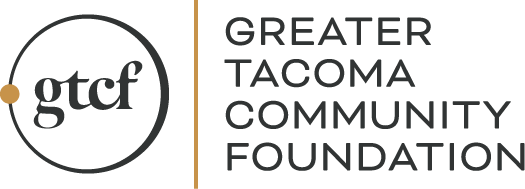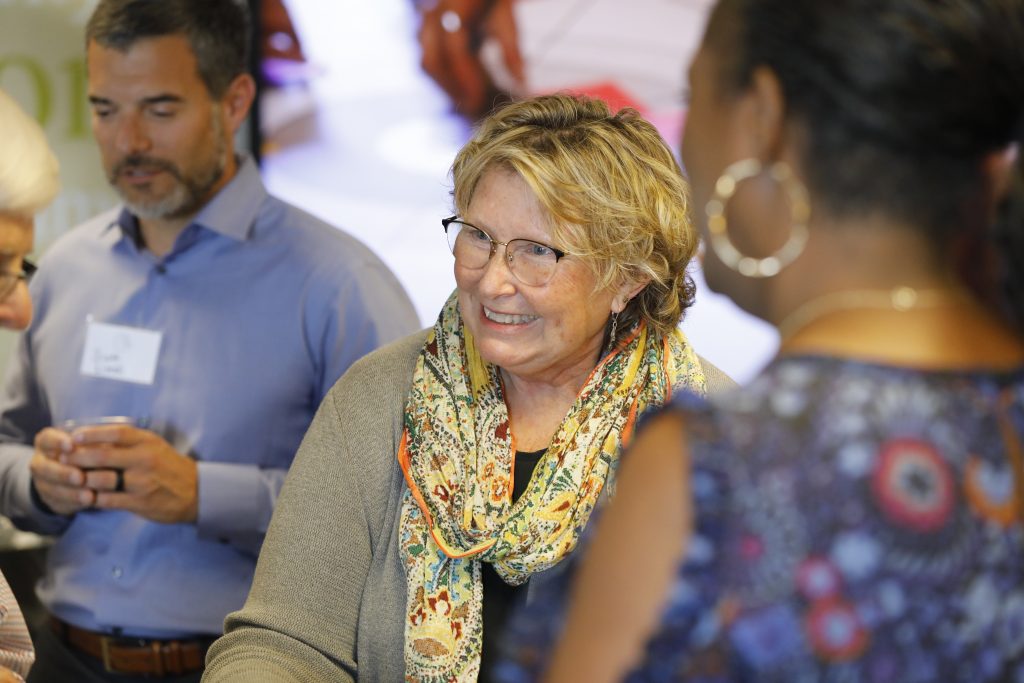
Community
10
2019
2018 Giving Numbers Point to the Importance of Donor Relationships
Charitable giving in 2018 set another overall record, reaching $427.71 billion nationally. Although that is an increase of nearly $3 billion in current dollars from 2017, adjusting for inflation, total giving decreased by $7.4 billion.
Those numbers came from Giving USA’s annual report on philanthropy, offering research into the who, what, and where of giving in 2018.
“Many donors are becoming more sophisticated in the way they want to give and the impact they want to have. Not only do you have to prove that you are making an impact, you need to show your donors as well. You need to show your donors what you did with their dollars.” ~Maria Kolby-Wolfe, Development & Communications Director, Northwest Immigrant Rights Project
To mark the release of the giving report, Seattle consulting firm Campbell & Company invited GTCF Director of Philanthropic Engagement, Stacey Guadanola, to join a webinar that included Maria Kolby-Wolfe, Development & Communications Director, Northwest Immigrant Rights Project and Amanda Walker, Vice President for Advancement, The Evergreen State College and Executive Director, The Evergreen State College Foundation.
Sarah Anderson, Director of Strategic Priorities at Campbell & Company, moderated the panel. She acknowledged factors that affected giving, including the strong economy, an unpredictable policy environment, the new tax law, and the year–end stock market drop, “There is a lot of complexity to the data this year.”
A few key takeaways emerged from the panel which can help nonprofits focus on themes and practices to sustain fundraising, even during volatile times.
Relationships Matter.
Relationships are not reflected in the Giving USA data. At GTCF, we know that building authentic relationships helps donors stay connected to causes that matter to them. When that happens, giving grows.
People Propel Philanthropy.
Though giving by individuals continues to decline as a percentage of total giving, giving through Donor Advised Funds and family foundations likely accounts for most or all of this change.
In 2018 Individuals made up 68% of total giving. When you include bequests and family foundations with individuals, the shared philanthropy powered by people rises to 85.7%. Though taxes may impact when and how individuals make a gift, they are motivated to give, and to continue giving, by the impact they believe their gifts are making.
Maria Kolby-Wolfe, Development & Communications Director, Northwest Immigrant Rights Project, observed, “Many donors are becoming more sophisticated in the way they want to give and the impact they want to have. Not only do you have to prove that you are making an impact, you need to show your donors as well. You need to show your donors what you did with their dollars.”
The Fundraising Landscape is changing.
Philanthropy responds to current events. Impact investing as well as the role of political giving are important emerging forces in fundraising.
Peter Fissinger, President and Chief Executive Officer of Campbell & Company, notes, “This complicated landscape affected each giving source and type of recipient organization differently, creating uneven results across the nonprofit sector. Moving forward, nonprofit leaders and fundraisers need to stay nimble and work to understand how current events have affected their donors.”
Plan for Planned Giving.
As Baby Boomers age, the anticipated uptick in planned giving is an important trend for nonprofits to consider.
Pierce County is in the middle of a generational transfer of wealth. In 2010, Pierce County had an estimated net worth of $62.3 billion. By 2020, $13.7 billion will have transferred from one generation to the next. By 2060, an estimated $164 billion will be transferred.
Catch all the insights and advice in the full webinar.
Additional Resources:
- Giving USA 2019
- Campbell & Company Giving USA
- The 2018 U.S. Trust® Study of High Net Worth Philanthropy
- What fundraisers should do next: How ‘Giving USA’ Findings Point to Smart Strategies


